Yesterday the scientific journal Nepal Journal of Epidemiology published in its latest edition a paper co-authored by BU’s Prof. Hamid Bouchacha. The Short Discussion paper ‘Artificial Intelligence and Health in Nepal’ [1] is an interdisciplinary paper written by two chemists, a computer scientist, an epidemiologist, and a social scientist.
The Nepal Journal of Epidemiology is the official journal of the International Nepal Epidemiological Association (INEA). It is freely available as an Open Access journal on the journal’s own website and it is indexed in PubMed and PubMed Central.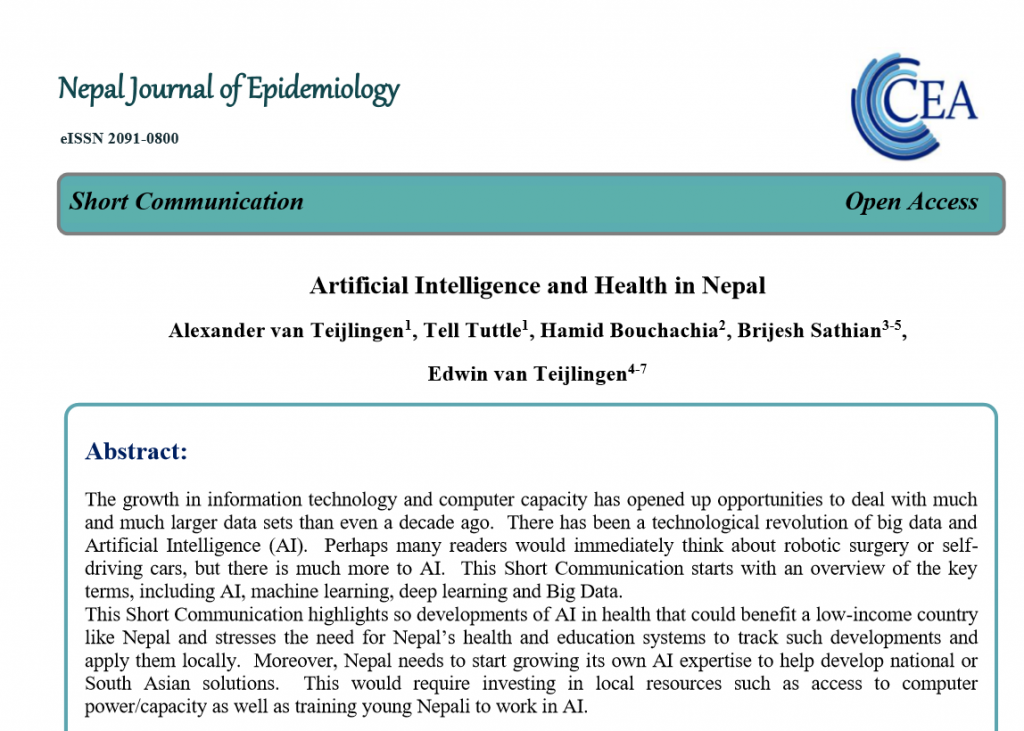
Reference:
- van Teijlingen, A., Tuttle, T., Bouchachia, H., Sathian, B., van Teijlingen, E. (2020). Artificial Intelligence and Health in Nepal. Nepal Journal of Epidemiology, 10(3):915-918. https://doi.org/10.3126/nje.v10i3.31649
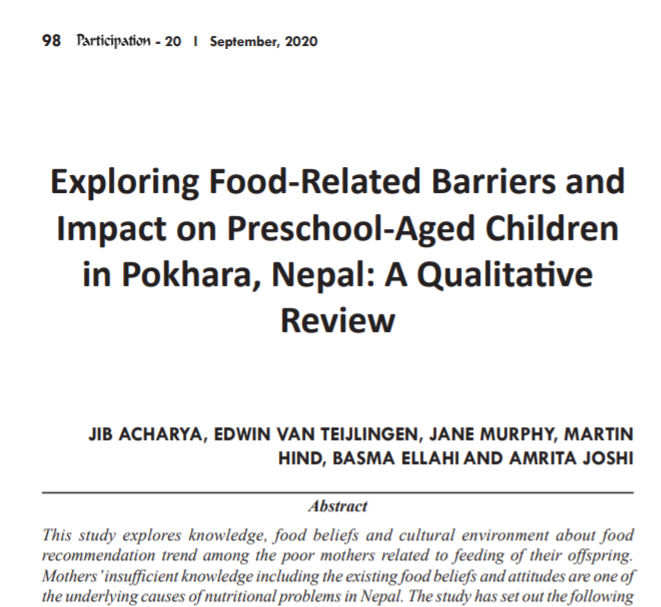
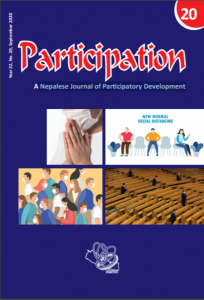
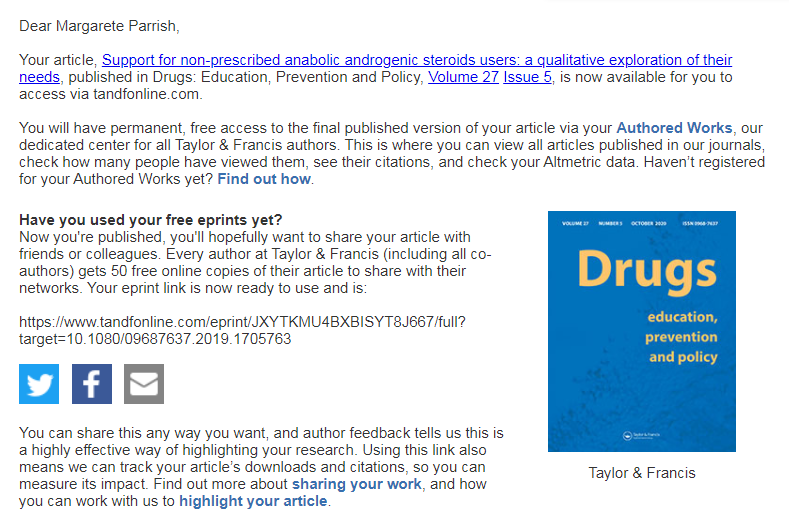
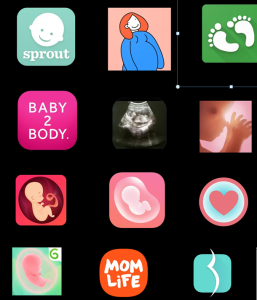
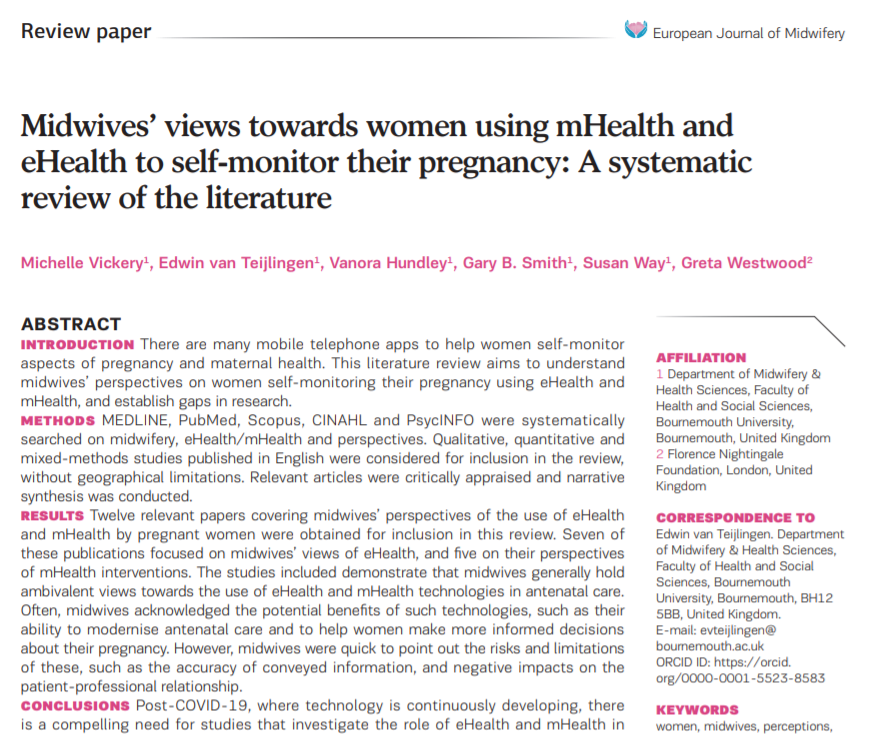
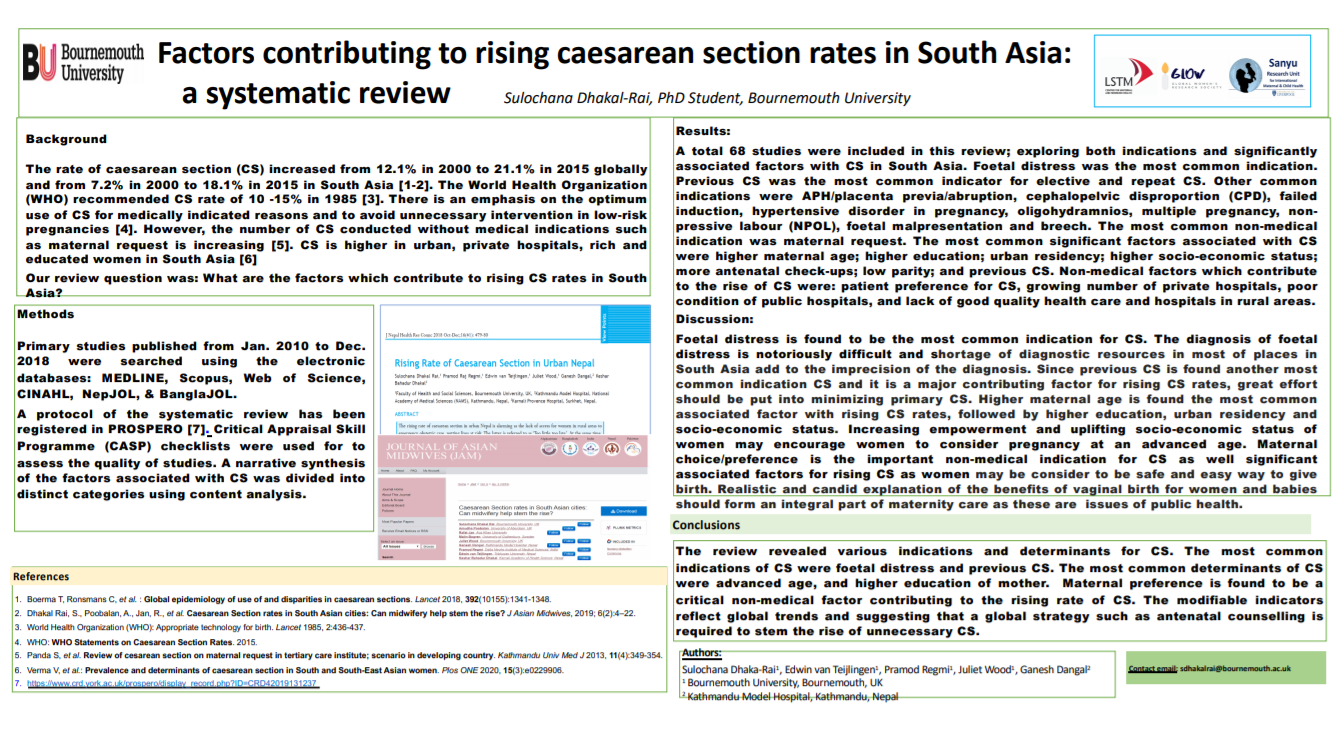
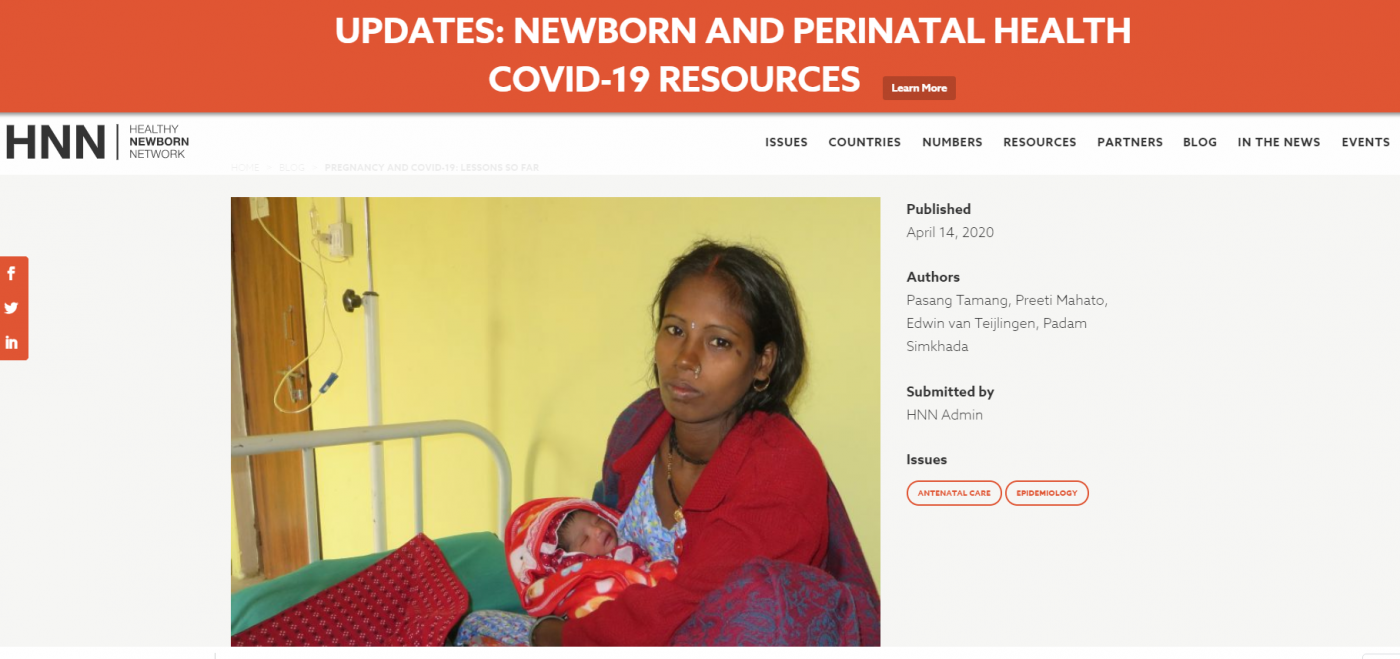
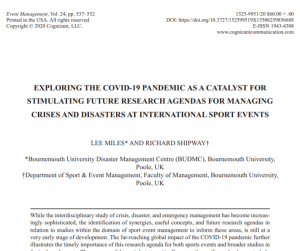
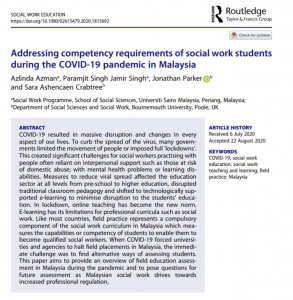
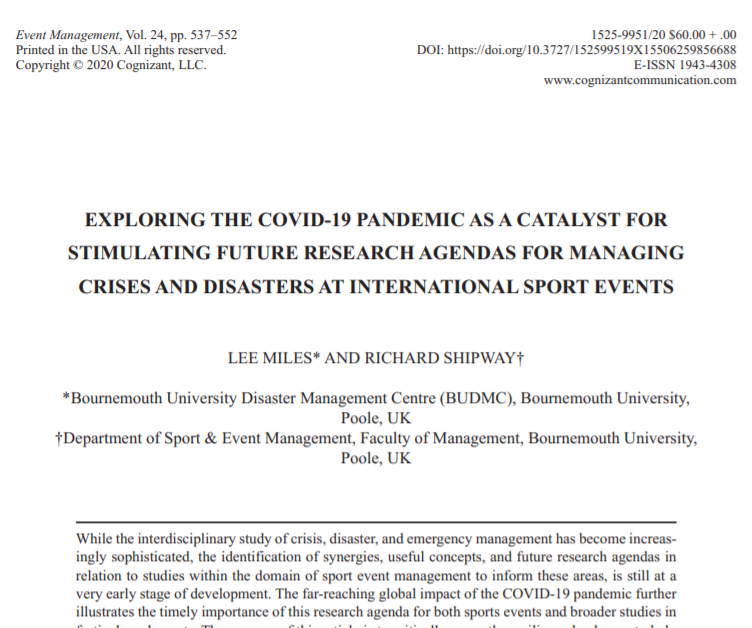
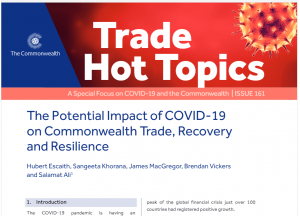
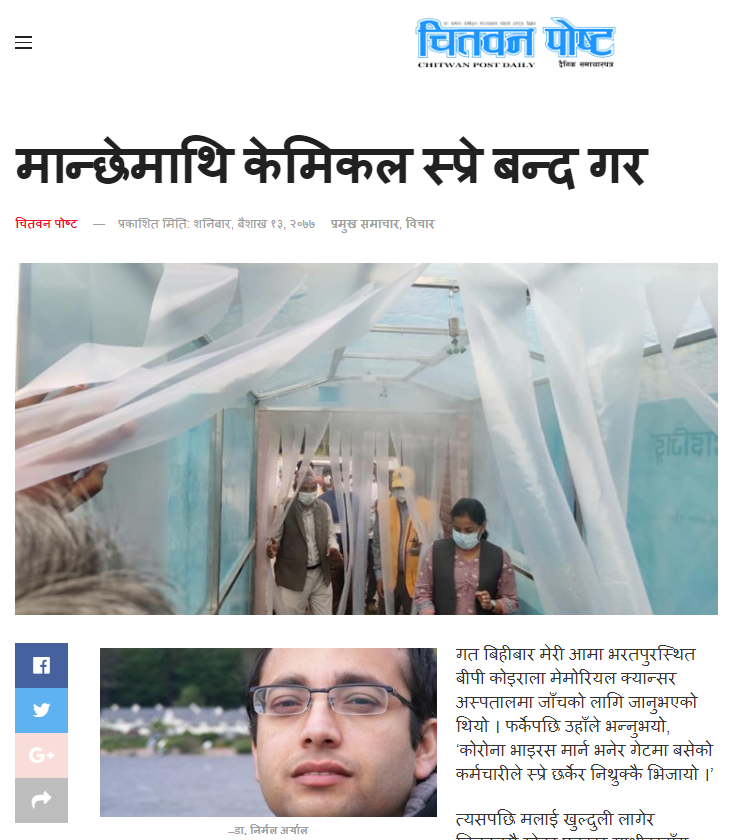
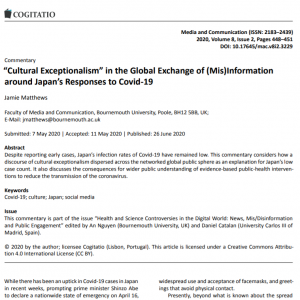

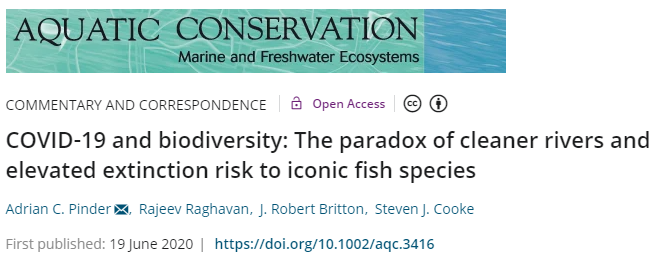
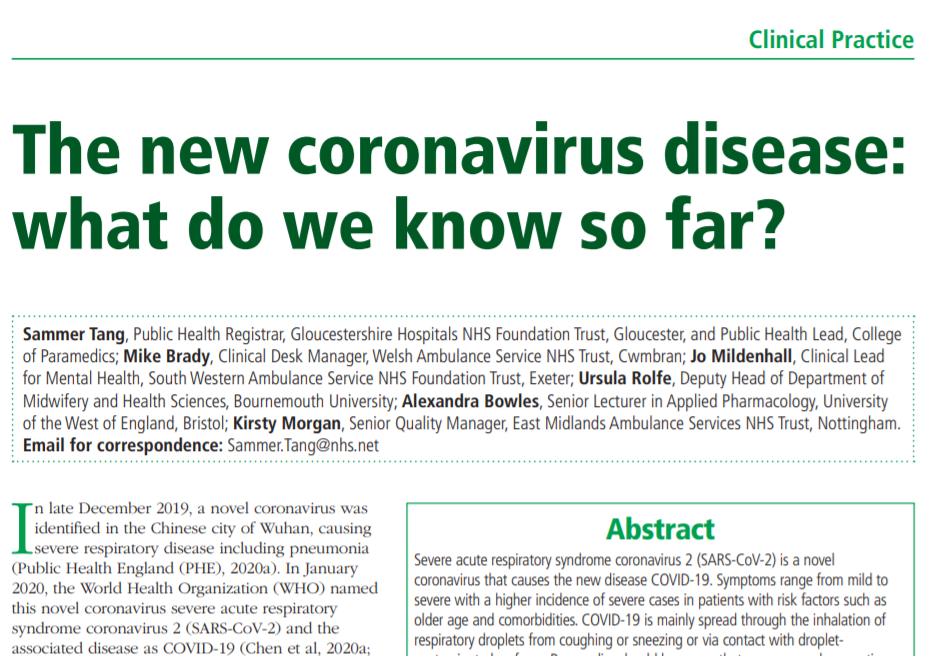
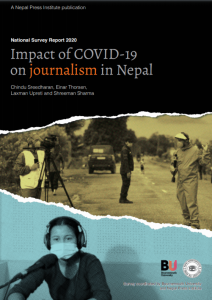
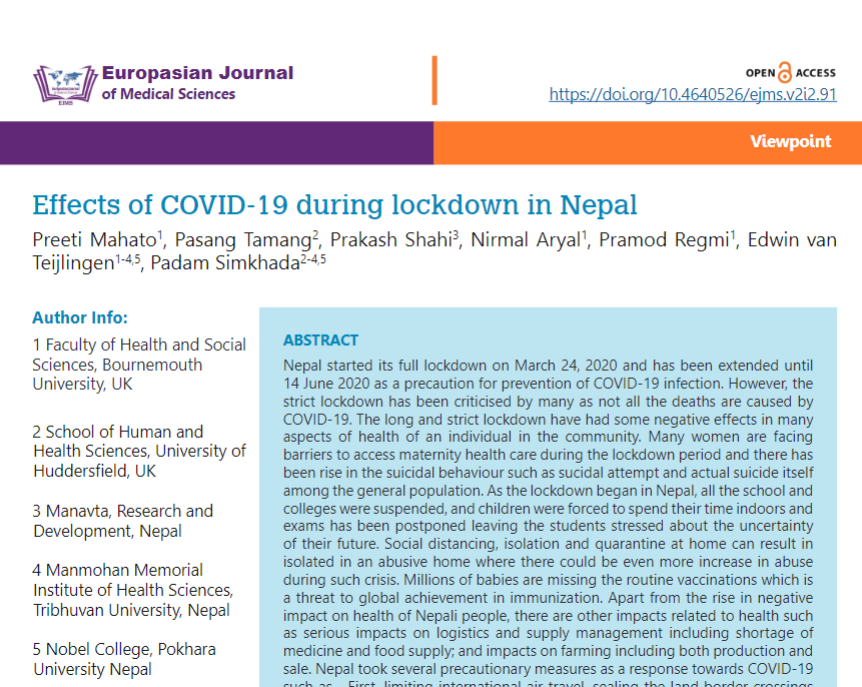
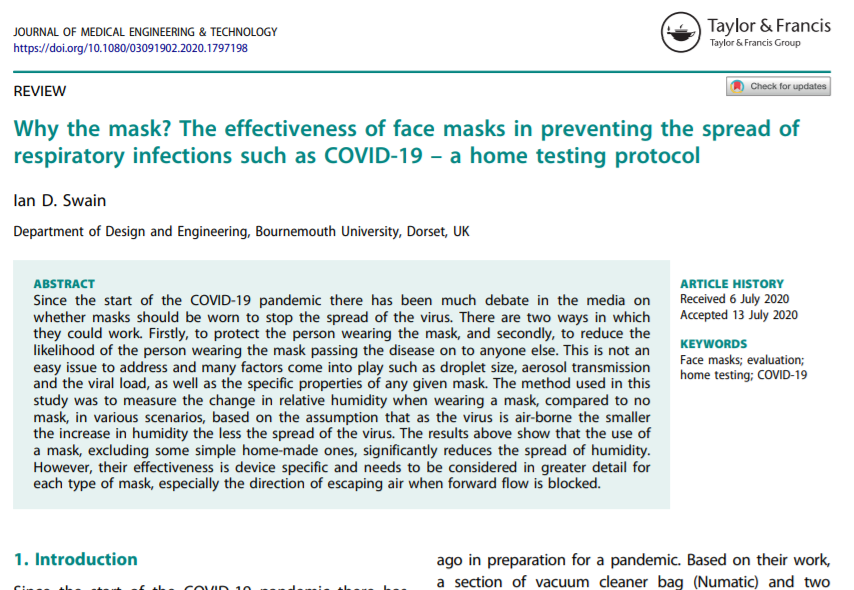
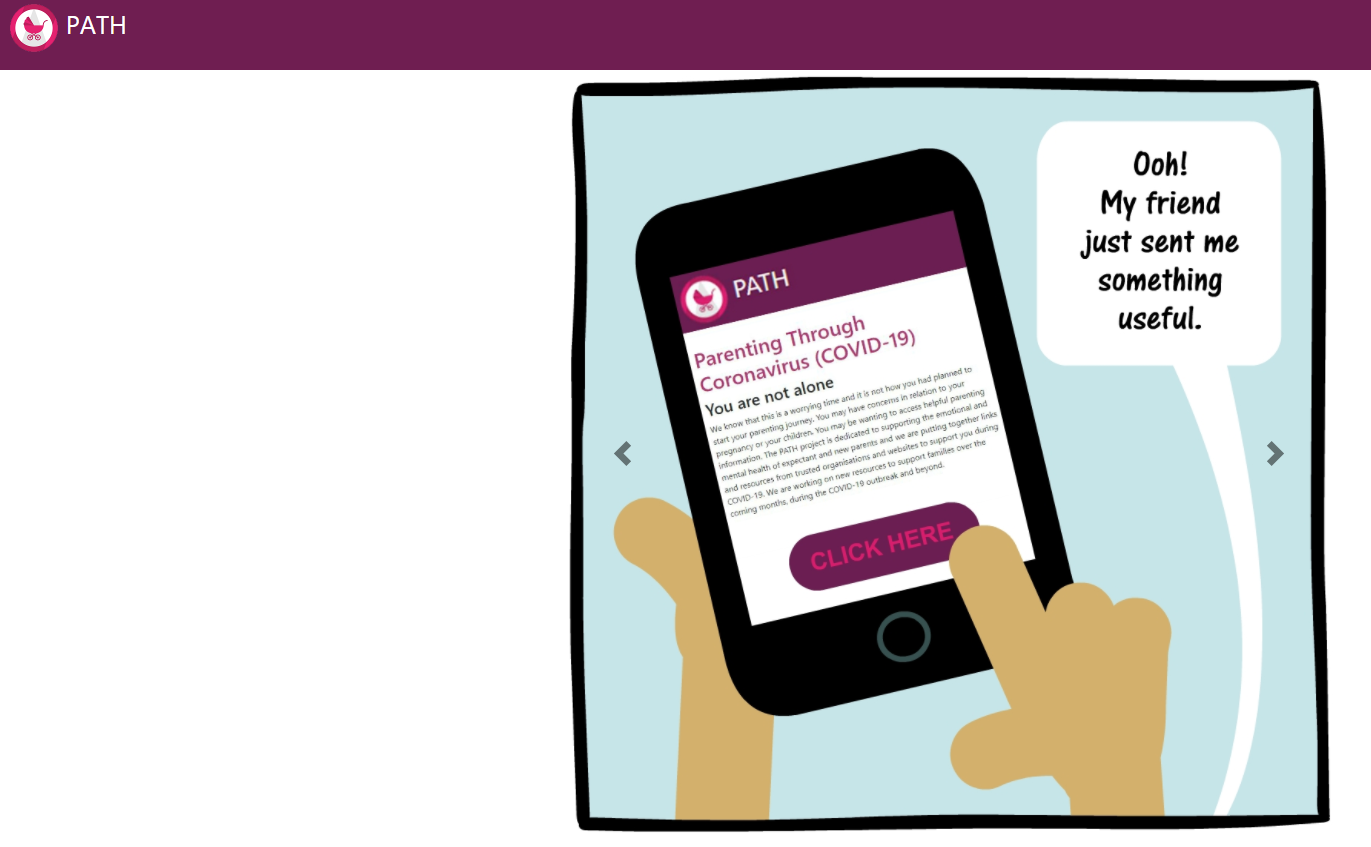
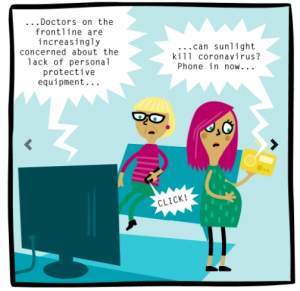
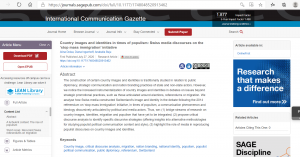
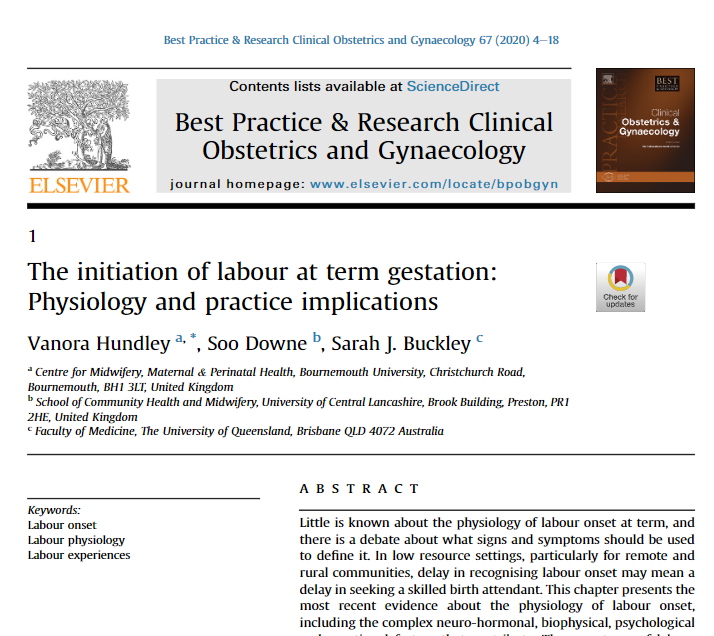
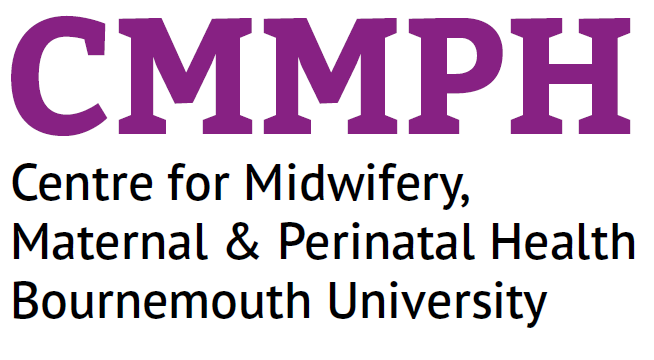
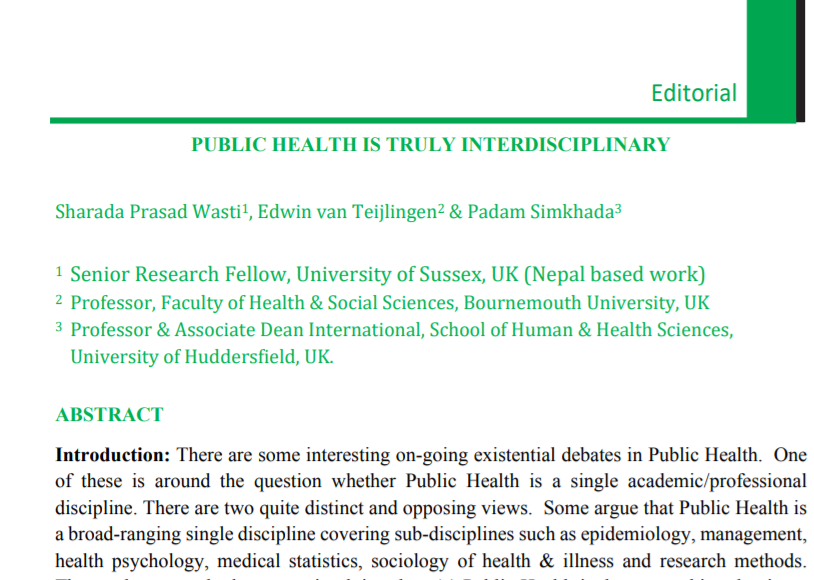

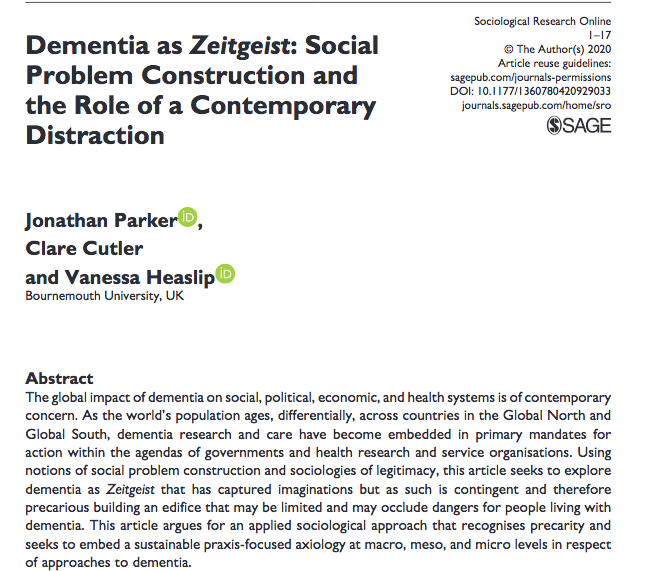

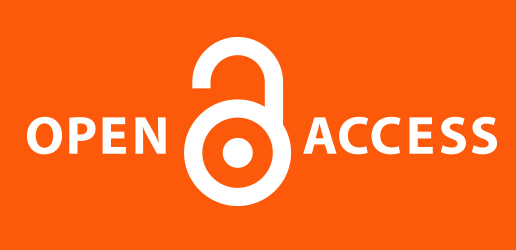
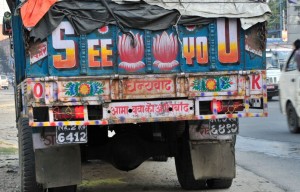

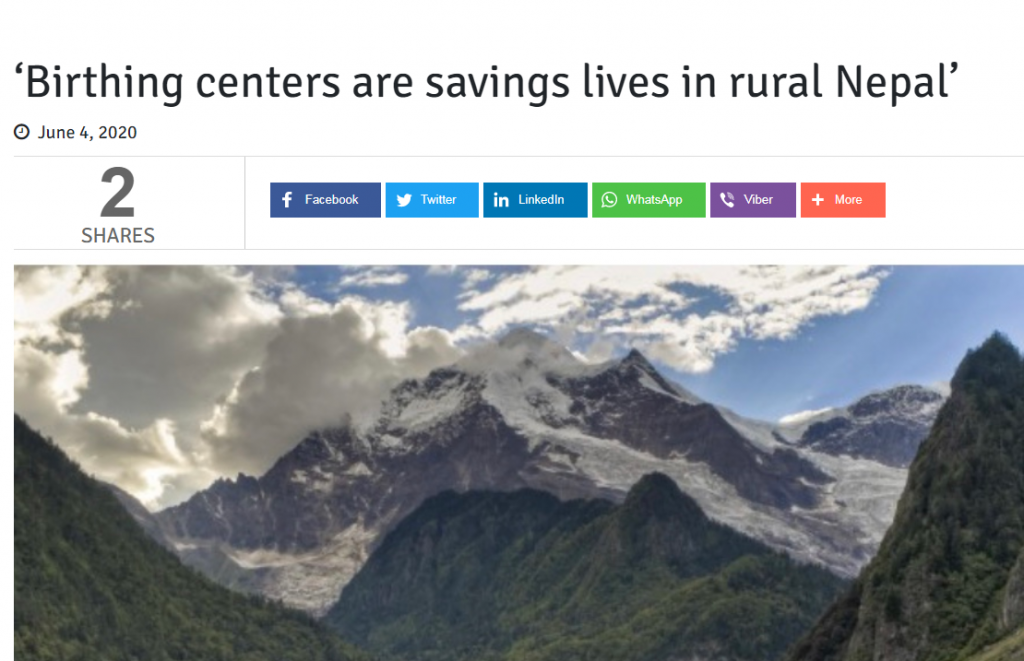
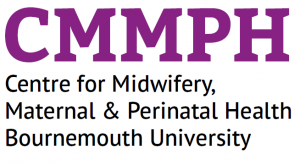
 Monday 8th June 10:00 – 12:00
Monday 8th June 10:00 – 12:00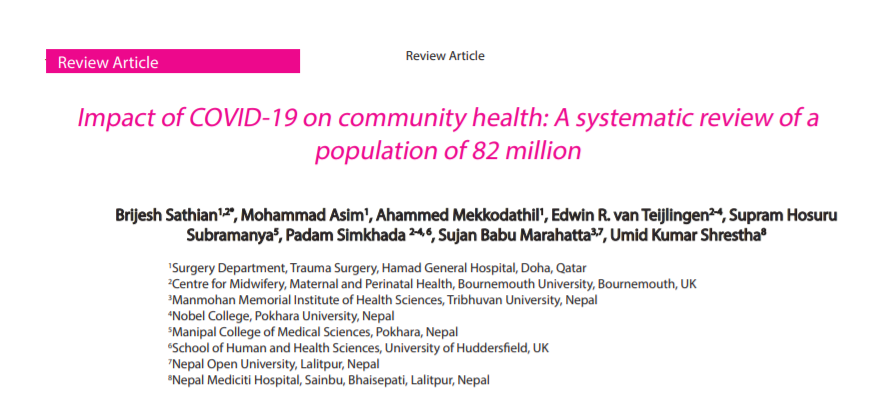
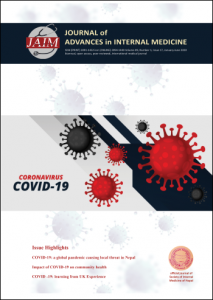
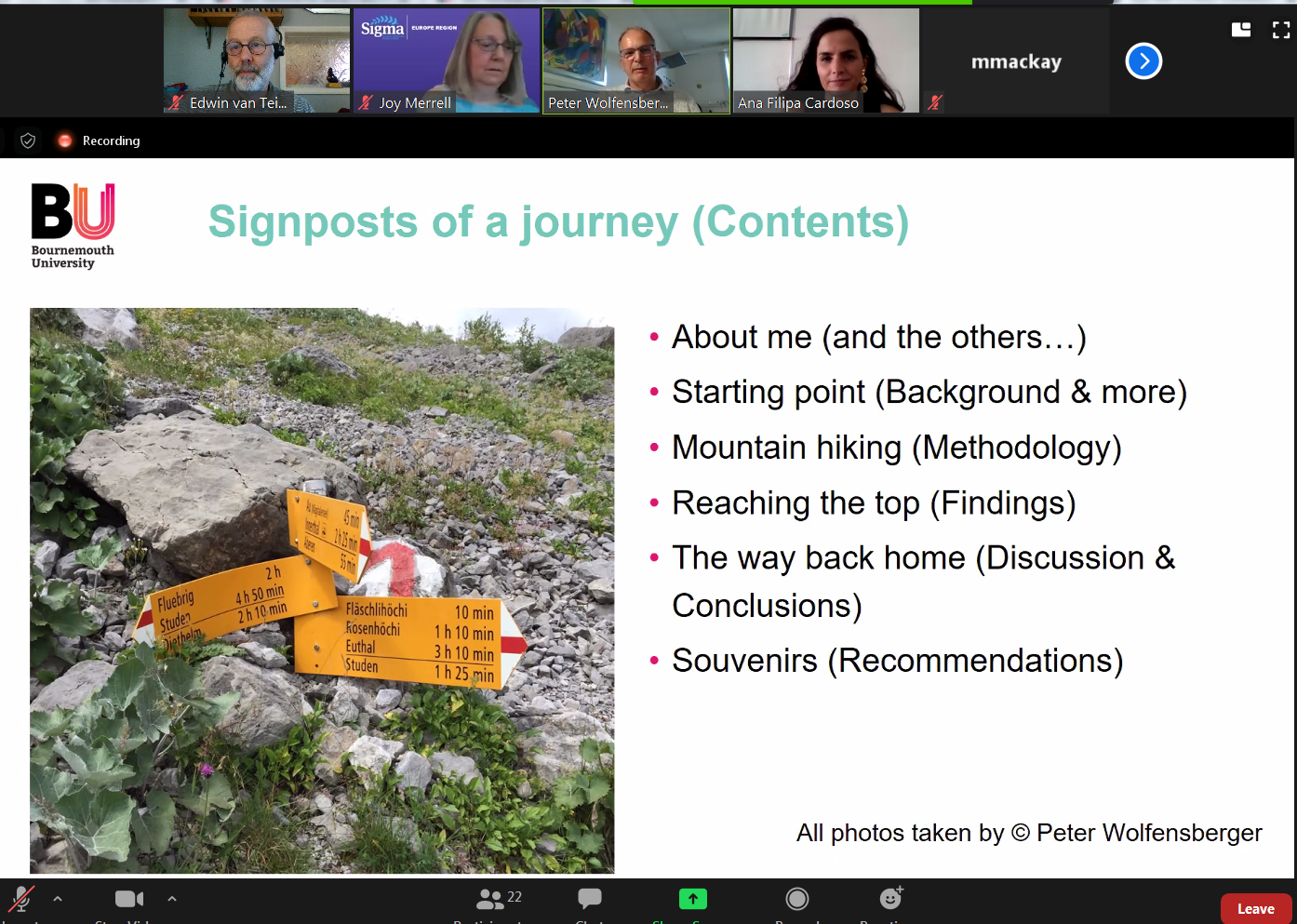

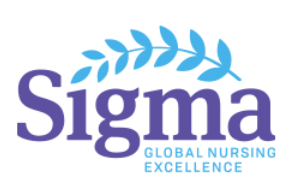











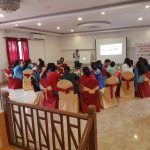 BU academic publishes in online newspaper in Nepal
BU academic publishes in online newspaper in Nepal Final day of the ESRC Festival of Social Science
Final day of the ESRC Festival of Social Science Using Art to enhance Research
Using Art to enhance Research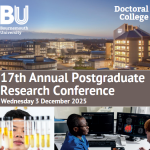 Register now to attend the 17th Annual Postgraduate Research Conference – Wednesday 3 December 2025
Register now to attend the 17th Annual Postgraduate Research Conference – Wednesday 3 December 2025 ECR Funding Open Call: Research Culture & Community Grant – Application Deadline Friday 12 December
ECR Funding Open Call: Research Culture & Community Grant – Application Deadline Friday 12 December MSCA Postdoctoral Fellowships 2025 Call
MSCA Postdoctoral Fellowships 2025 Call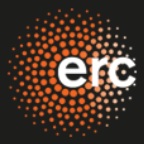 ERC Advanced Grant 2025 Webinar
ERC Advanced Grant 2025 Webinar Horizon Europe Work Programme 2025 Published
Horizon Europe Work Programme 2025 Published Horizon Europe 2025 Work Programme pre-Published
Horizon Europe 2025 Work Programme pre-Published Update on UKRO services
Update on UKRO services European research project exploring use of ‘virtual twins’ to better manage metabolic associated fatty liver disease
European research project exploring use of ‘virtual twins’ to better manage metabolic associated fatty liver disease